Subsequent to its initial reveal, the BYD Shark has been launched in Mexico, the first market to get the Chinese carmaker’s first pick-up truck. As part of the event, the company released more information and pricing of its plug-in hybrid load-lugger, which is heavily derived from the Bao Leopard 5 SUV.
The Shark is being offered in the North American nation in two variants – the GL priced at 899,980 pesos (RM251,600) and the GS that retails at 969,800 pesos (RM271,000). By comparison, a mild hybrid Hilux ranges from 796,300 pesos (RM222,600) to 851,400 pesos (RM238,000). The BYD is actually positioned closer to the slightly larger Tacoma, which is priced between 769,900 pesos (RM215,200) to 969,900 pesos (RM271,100).
As per the Leopard 5, the Shark is powered by a Dual Mode Off-road (DMO) Super Hybrid system – said to be the first “longitudinal electric hybrid system” in the segment (whatever that means) – centred around a 192 hp (143 kW) 1.5 litre turbocharged four-cylinder engine. This is coupled with two electric motors – the one at the front produces 228 hp (170 kW) and 310 Nm of torque, while the rear one churns out 201 hp (150 kW) and 340 Nm of torque. Total system output is over 430 hp, which is nearly 250 hp down on the Leopard 5.
Still, that’s enough for it to get from zero to 100 km/h in just 5.7 seconds on its way to a top speed of 160 km/h, while fuel consumption is rated at 7.5 km per 100 km on the NEDC cycle. A 29.58 kWh Blade lithium iron phosphate (LFP) battery provides an electric range of 100 km, contributing to a total range of 840 km. The Shark can accept up to 40 kW of DC fast charging, topping up the battery from 30 to 80% in 20 minutes; a vehicle-to-load (V2L) function is also built-in, although BYD has not specified the output.
Like the Leopard 5, the Shark is built on a proper ladder frame chassis – with an integrated battery – and uses independent double wishbone suspension front and rear. The bed has a capacity of 1,450 litres and a payload rating of 2,665 kg, while the truck itself has a maximum towing capacity is 2,500 kg.
Claimed to be the largest model in the one-tonne class, the Shark measures 5,457 mm long, 1,971 mm wide and 1,925 mm tall, making it a massive 132 mm longer, 71 mm wider and 110 mm taller than the Hilux it competes against; its 3,260 mm wheelbase is also 175 mm longer. The BYD is larger than even the Tacoma, which measures 5,411 mm long, 1,954 mm wide and 1,894 mm tall.
On the outside, the Shark carries the usual pick-up styling tropes, all boxy and upright with chunky fender flares and features such as the very Ford F-150 Lightning-like full-width front and rear lighting signatures, vertical headlights and ginormous BYD badge on the grille. Roof rails, a wraparound windscreen design and a rather crude-looking sports bar are also present, as are 18-inch six-spoke alloy wheels.
Inside, the Shark borrows plenty from the Leopard 5, including steering wheel-mounted on- and off-road drive mode switches, a low and wide gear selector and a row of chunky switches aft of it. The dashboard design, however, is slightly different, consisting of large interlocking H patterns paired with orange air vents and stitching.
The tech is typical BYD and includes a 10.25-inch digital instrument display and a novel 12.8-inch rotating infotainment touchscreen from the Dolphin. You also get “Hi BYD” voice control, Apple CarPlay, Android Auto, an in-car karaoke function (a microphone accessory is sold separately), a smartphone digital key, a 360-degree camera (inclusive of a Land Rover-style “transparent bonnet” function) and a 12-inch head-up display.
Safety-wise, the Shark is fitted with six airbags and can be specified with a full range of driver assists. These include autonomous emergency braking, adaptive cruise control, lane centring assist, rear collision warning, blind spot warning with collision prevention and rear cross traffic alert with auto brake.
The Shark has already been confirmed for the Australian and South African markets and has been spotted in right-hand-drive form. This raises the possibility of it being sold in Southeast Asian countries like Thailand and Malaysia, although the company will have to win over buyers that typically favour larger, hardier and more fuel-efficient diesel engines. Would you buy this if it ever comes here?
Looking to sell your car? Sell it with Carro.

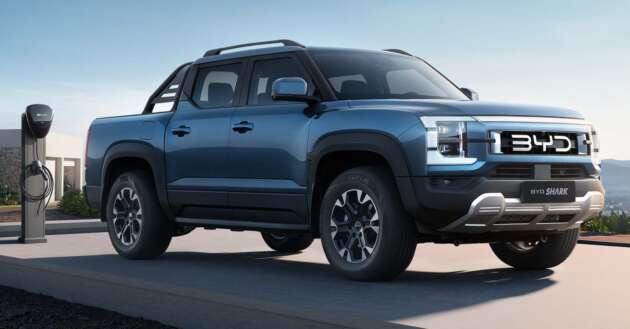
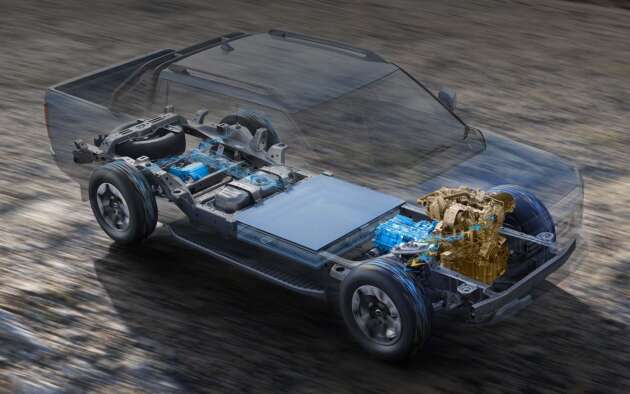
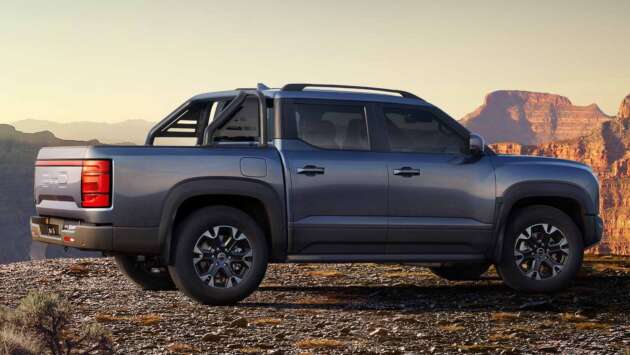
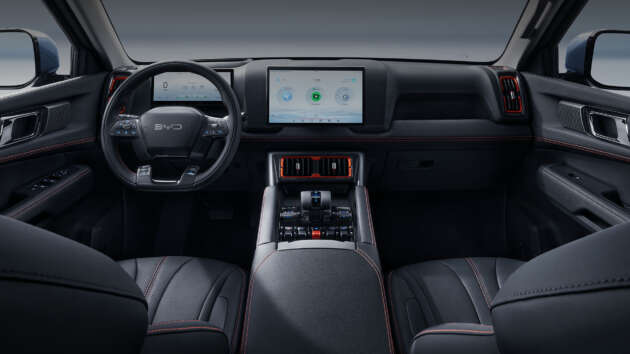
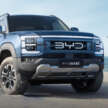
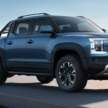
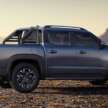
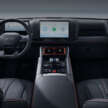
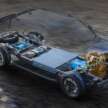


shameless knock off of Ford Lighting but using terrible blade cells
James, James. Being a troll is not an excuse for not checking grammar and spelling before submitting your comments.
It’s in their DNA
KEK targeted by cartel for head shot soon
Which part looks like Ford? So can I say Ford looks like Toyota Hilux too?
BYD double cab called Ikan Yu. BYD single cab will be called Ikan Masin.
Salted fish has many varieties…. Selar, Mayong, Mackerel, Croaker, etc. ekan mane sah?
252k? Keep it. We hv the fantastic Raptor anyway
Hope they can build it in BYD Thailand plant otherwise they’d be priced out.
I’d buy one but it all depends on pricing. It easily out drags (matters to *me*) any of the ICE pickups and many cars and I love the way it looks, BUT, Hilux is just crazy good at resale value so if this costs way above a Hilux then it won’t sell well
Syukur hailuck kita murah. Madani
BYD Ranger Lightning
Exceedingly popular if BYD offers this at less than RM180k.
Pickups in Malaysia are categorized as commercial vehicles and lightly taxed as a result.
The price in Malaysia should be much lower than in Mexico.
Why follow tax system from a economically failed country? Most successful country have zero tax on utility vehicles that can boost their SME.
100% duty slaps on Chinese EV prior 25% will surely kiok in American soil.
another chinamen copycat
Build Your Wet Dream